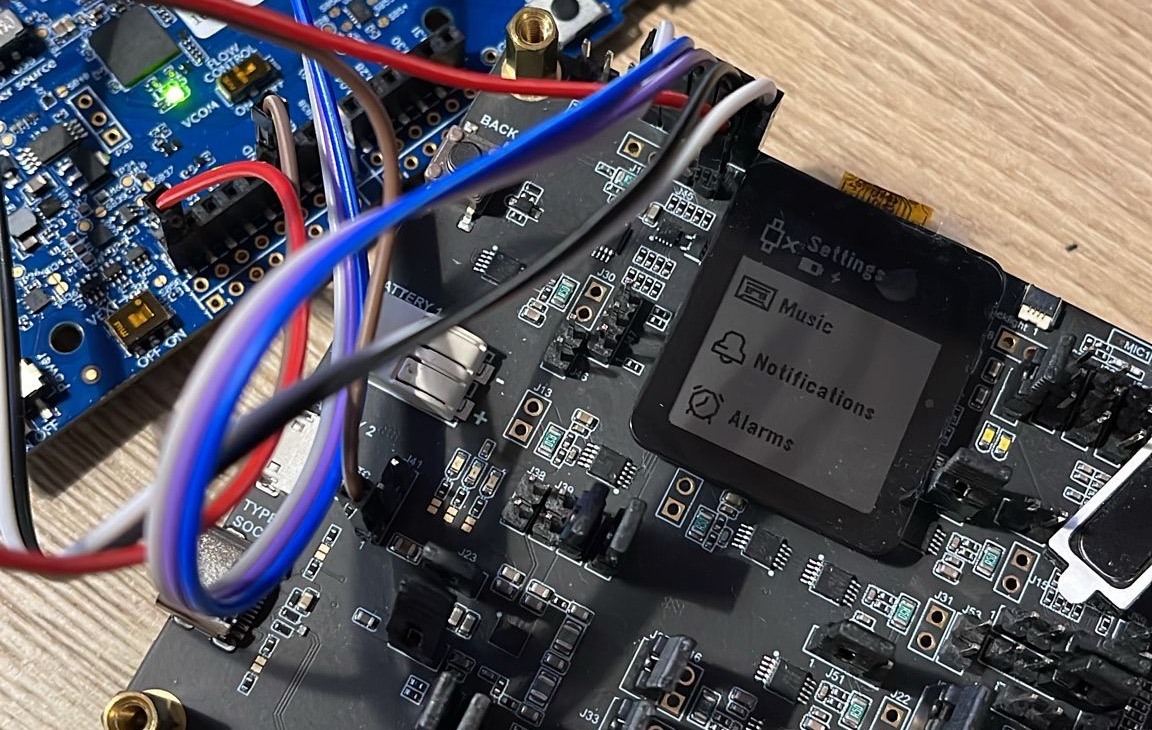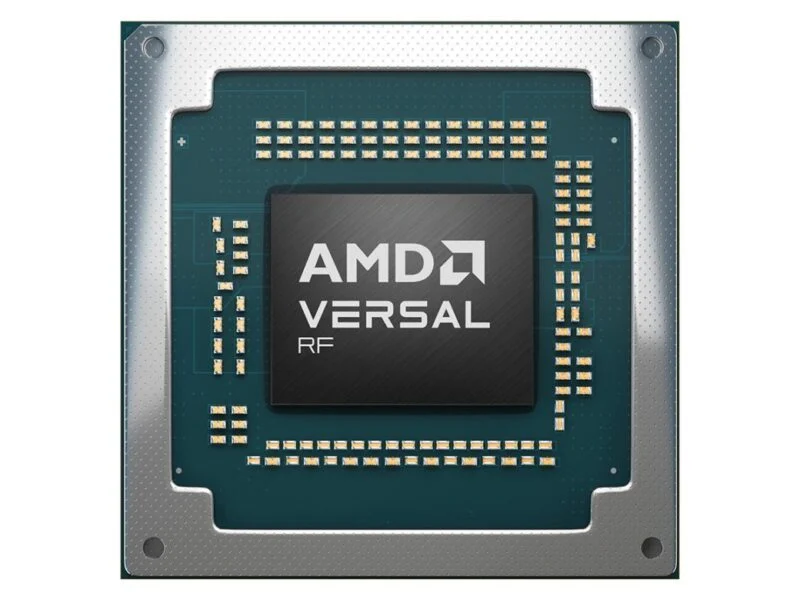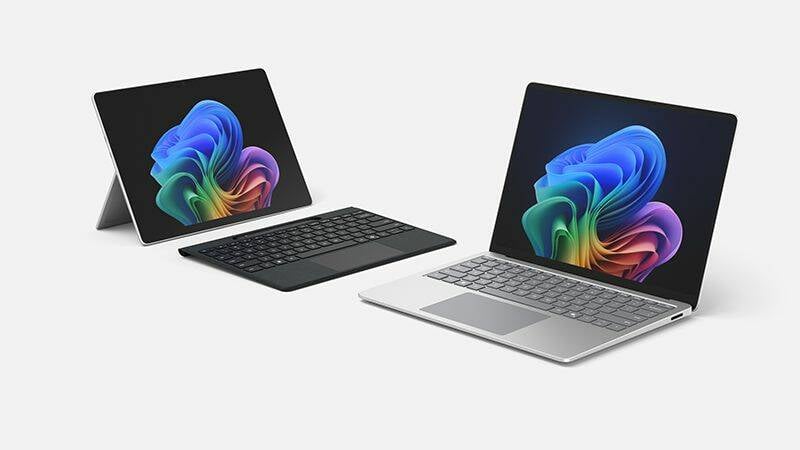FPGA Recreation of Rare Retro Chip MCS6530 Released!
Paul Sajna has successfully recreated the rare vintage MCS6530 chip using an FPGA after over a year of work. This chip, produced by MOS Technology, was featured in the 1975 KIM-1 computer and various 70s and 80s arcade boards. The project, named yo6530, is open-source and available on GitHub. It utilizes the reDIP RIOT board designed by Dag Lem (creator of the reSID engine) and features a Lattice ICE40UP5k FPGA, compiling with open-source toolchains. Currently, yo6530 supports the 6530-002 and 6530-003 variants, successfully booting a replica KIM-1 designed by Eduardo Casino. Further development will continue, with contributions welcomed on GitHub.




















